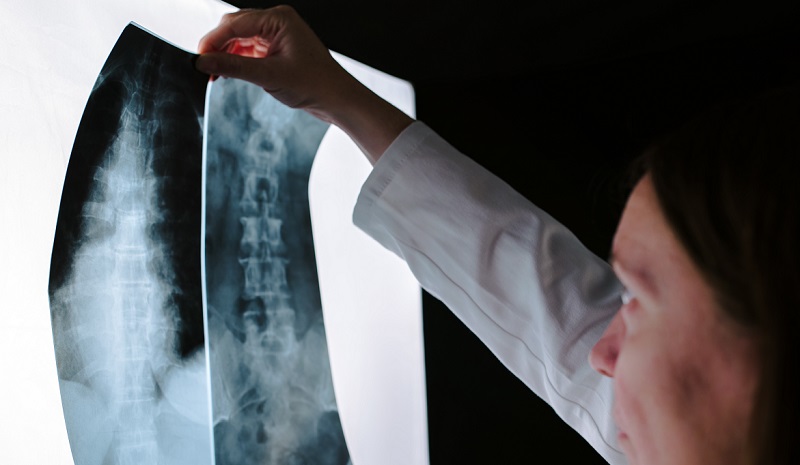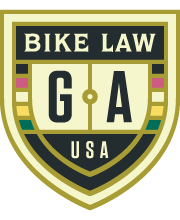Common Spinal Cord Car Accident Injuries

Each year in the United States, there are nearly 18,000 spinal cord injuries. A spinal cord injury occurs when an injury causes damage to the spinal cord that results in loss of function in some way. This may manifest as loss of feeling or mobility.
The most common cause of spinal cord injuries is trauma. This can happen in a vehicle collision, a fall, due to a gunshot wound, etc. This is very different from other back injuries such as spinal stenosis, pinched nerves, or ruptured disks.
There are a lot of questions that frequently come up in regard to spinal cord injuries. We wanted to take the time here to answer some of them.
What are the different kinds of spinal cord injuries?
There are four types of spinal cord injuries:
- Cervical – These injuries usually cause loss of function in the legs and arms, which results in quadriplegia.
- Thoracic – These injuries usually affect the legs and the chest, which results in paraplegia.
- Sacral – Injuries to the sacral vertebra typically affect the function in the legs and hips.
- Lumbar – Injuries to the lumbar vertebra typically affect the function in the legs and hips as well.
What are the common symptoms of a spinal cord injury?
Some of the common symptoms of a spinal cord injury include:
- Loss of sensation (complete or partial).
- Numbness or tingling in the extremities.
- Loss of fine or gross motor functions.
- Loss of bladder control.
- Muscle spasms.
- Difficulty with breathing.
How is a spinal cord injury diagnosed?
Immediate medical attention is required if a spinal cord injury is suspected. For your initial evaluation, your doctor will likely perform a CT scan, x-rays, and/or an MRI. These tests can be used to identify any spinal cord lesions.
Next, there will likely be a neurological evaluation where your doctor will assess any symptoms you have. They will likely test your motor and sensory function as well as your mental status. Once the evaluation has been completed, your physician will be able to diagnose you.
Common diagnoses are quadriplegia or tetraplegia, which is the complete loss of feeling and use of all of the torso and limbs as well as paraplegia, which is the loss of motor or sensory function below the waist.
Does everyone with a spinal cord injury have to use a wheelchair?
Not necessarily. While many people with spinal cord injuries either use a power wheelchair or a manual wheelchair, others may be able to use crutches and braces. However, they may still use wheelchairs for distances that are longer, like at the airport.
People who use wheelchairs still can do a number of activities out of their chairs. They can drive, swim, and fly planes, just to name a few.
What is the difference between an incomplete spinal cord injury and a complete spinal cord injury?
With spinal cord injuries, there are complete and incomplete injuries. With an incomplete spinal cord injury, there is some function below the primary level of the injury. With a complete spinal cord injury, there is no sensation or voluntary movement below the level of the injury.
Do patients with spinal cord injuries ever get better?
Immediately following a spinal cord injury, there is some swelling of the spinal cord. As this goes down after days or weeks, some functions may be regained in some cases. In incomplete cases, in particular, the function may be recovered up to 18 months following the injury. However, for the majority of patients that sustain a spinal cord injury, the function is never recovered.
How can an attorney help?
There are a few ways in which a personal injury lawyer may be able to help:
- Helping to determine the economic loss caused by the injury.
- Offering advice on treatment, special care, and other financial means.
- Working alongside your physician to document evidence for an accurate diagnosis.
- Helping you and your family adjust to and cope with the trauma of the accident.
If you or someone you know is suffering from a spinal cord injury due to someone else’s negligence, don’t hesitate to contact us at Hagen Rosskopf Attorneys at Law.
